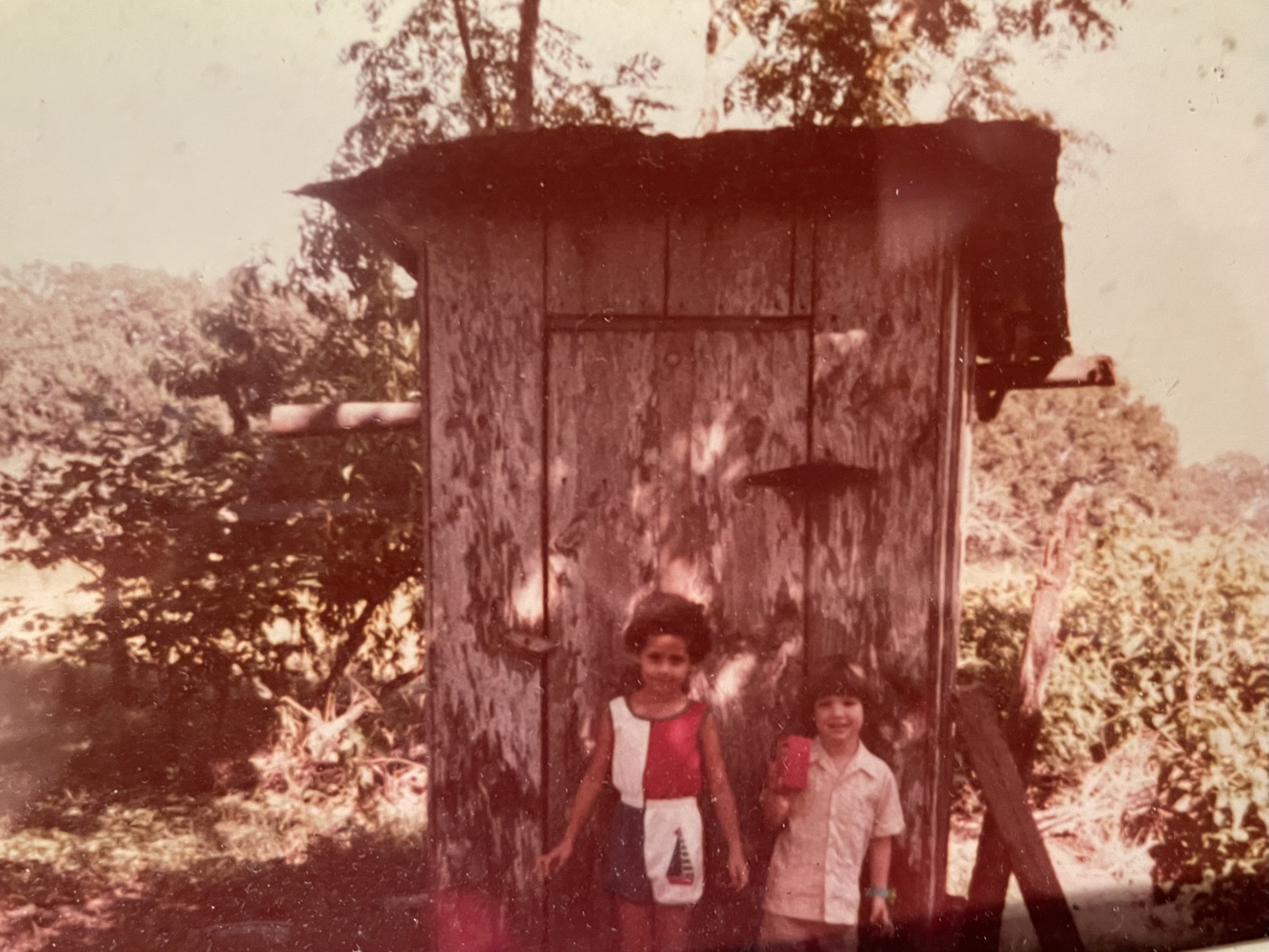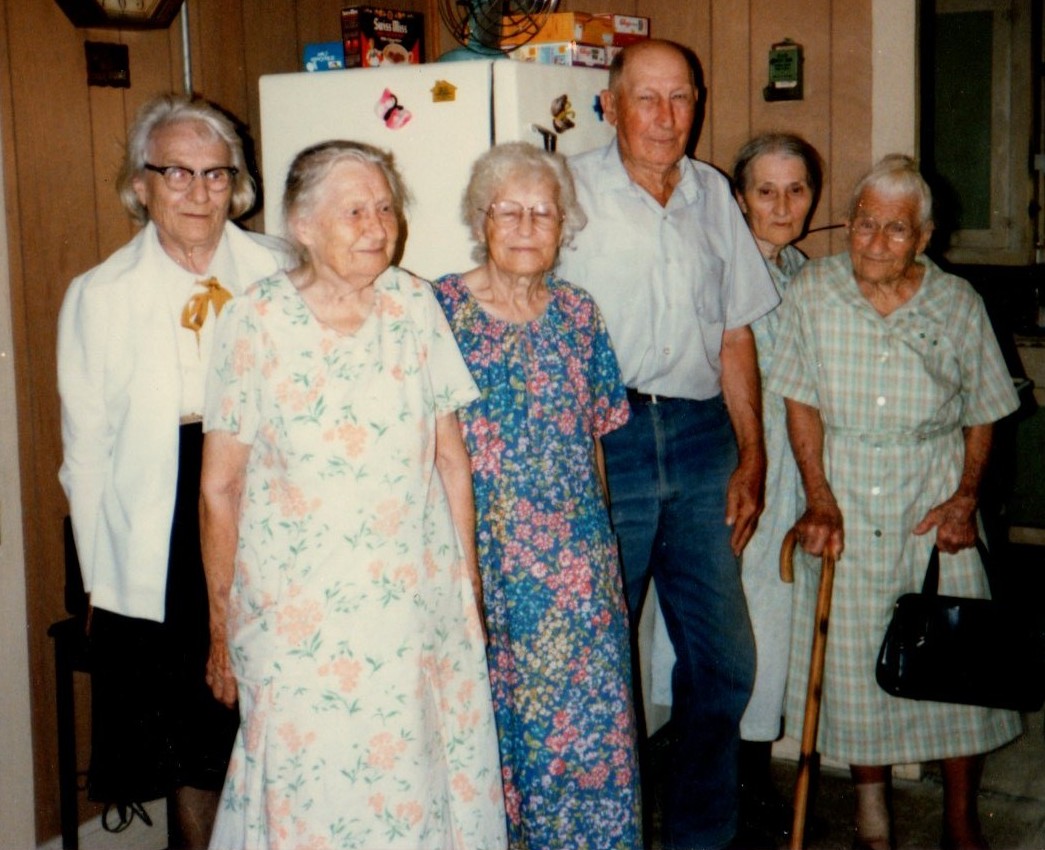Cavern

My fascination with my Czech family stems from the fact that when I was growing up, my mother and I often went to visit my great-aunts and uncle on the farm in Kurten. They still spoke a Moravian dialect of Czech, and they still used an outhouse and a well for water. They produced almost all of their own food, even though everyone living on the property was of advanced age. They were a “pocket-dimension” somehow outside of modernity that I was connected to. At some point in my grandmother Dorothy’s life, she had been willing to do anything to leave the family farm and assimilate into anglo Texan culture, and from her departure, I exist.

My interest in the family’s origins started with a sheaf of shaky, handwritten notes, tracking a genealogy of the Fridel’s flight from Moravia after the Battle of Hradec Králové, during the Austro-Prussian war. The family genealogy abruptly ended just two generations before their trans-atlantic migration. Tracing it back further meant decyphering church parish books and learning about anachronistic naming conventions. 1 This kind of work offers up interesting treasures— it follows a thread into an impossible tangle that shows how meaningless and temporal the group affiliations that are sketched onto humanity are. Identites that seem real in the moment dissolve in the caustic medium of wide time.
-
One example of a tradition that disrupts the assumed universality of genealogical naming is the Slavic practice of “after the roof” surnames, particularly common in Southern Bohemia and Moravian Wallachia during the 18th and 19th centuries. In this system, a man might take the name of the house he moved into—often through marriage to a widow or when joining his in-laws’ household—instead of preserving his paternal surname. Despite Emperor Josef II’s 1786 edict requiring the adoption of fixed surnames, local registries continued to record alternate house-based names, typically using terms like jinak (“otherwise known as”) or recte (“correctly”) (Lednická 2024). In some villages, houses had names older than the families living in them, turning domestic architecture into a kind of ancestral totem that outlived lineages and reshaped them. ↩
- Lednická, Blanka. 2024. “Back to Basics: Surnames ‘after the Roof’ \Textbar Czech Genealogy.” Czech Genealogy. https://www.patreon.com/posts/back-to-basics-89987098.